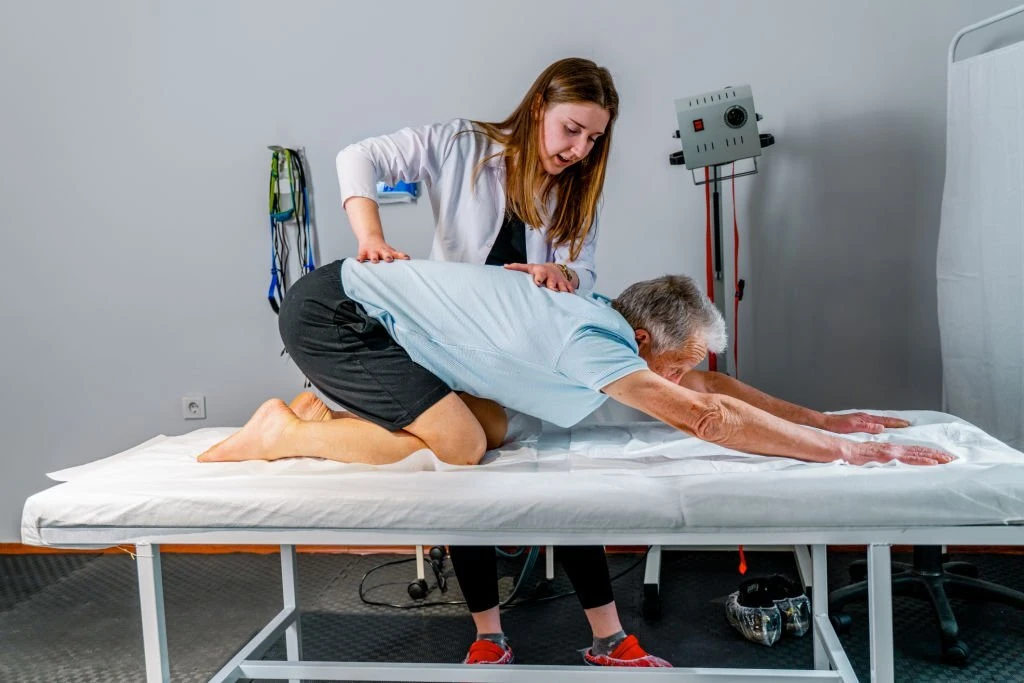Scoliosis, a common medical condition affecting the curvature of the spine, can cause significant discomfort and mobility issues for individuals of all ages. If left untreated, scoliosis can worsen over time, potentially leading to severe complications. Fortunately, there are exercises specifically designed to strengthen the spine and alleviate the symptoms of scoliosis.
List of Exercises for Scoliosis Management
These exercises for scoliosis include stretches, such as the pelvic tilt and the cobra stretch, which improve spinal flexibility and alignment. Strengthening exercises, like the plank and the bird dog, target the core muscles and promote stability in the spine. Exercises that emphasise postural awareness, such as the scapular squeeze and the standing wall slide, can help individuals with scoliosis maintain proper alignment and reduce discomfort.
By incorporating these exercises into a routine, individuals with scoliosis can experience significant improvements in their condition.
It is important, however, to consult with a healthcare professional or a certified physical therapist before starting any exercise program, as they can guide the most appropriate exercises for each individual’s specific needs and limitations. With consistency and proper guidance, individuals with scoliosis can strengthen their spine, reduce pain, and enhance their overall well-being.
Tips for Maintaining a Regular Exercise Routine
Maintaining a regular exercise routine is essential for anyone looking to strengthen their spine and alleviate the symptoms of scoliosis. Here are some tips to help you stay on track with your exercise regimen:
- Set realistic goals: Start by setting achievable goals that align with your fitness level and medical condition. Be sure to consult a healthcare professional or physical therapist to determine which exercises are safe and appropriate.
- Find a form of exercise you enjoy: Engaging in activities you enjoy will increase your motivation to stick with your exercise routine. Whether it’s swimming, yoga, or Pilates, find a form of exercise that works for your condition and brings you pleasure.
- Consistency is key to maintaining a regular exercise routine. Schedule your workouts at specific times throughout the week and make them a non-negotiable part of your daily or weekly routine. Consider enlisting a workout buddy or joining a scoliosis support group to help you stay accountable and motivated.
By following these tips, you can establish and maintain a regular exercise routine that helps strengthen your spine, improve your posture, and enhance your overall quality of life. Always listen to your body and modify exercises to ensure safety and comfort.
Importance of Exercises for Scoliosis
Exercise can be the key to achieving better posture. Scoliosis often leads to that frustrating slouch or hunched-over appearance, and exercises are like a friendly reminder to straighten up. They strengthen the muscles that hold the spine in place, helping us stand tall and proud. After all, who doesn’t want to confidently walk into a room, knowing their posture is on point?
These exercises also help in balancing out those muscles. Think of it as the ultimate teamwork – they ensure that one group of muscles isn’t doing all the heavy lifting while the others slack off. When everyone chips in, the spine gets the support it needs. This balance can ease discomfort and, in many cases, bid farewell to that pesky back pain.
Speaking of pain, exercises are like the soothing balm for those sore muscles. They help reduce tension and discomfort by stretching and strengthening, making us feel more relaxed and at ease. And who doesn’t love a good stretch, especially when it means less pain?
Exercises won’t magically make a curve disappear, but they can play a superhero’s role in preventing it from getting worse. For our young heroes battling scoliosis, these exercises can be a lifesaver during growth spurts, ensuring the curve doesn’t go off on an adventure of its own.
Improved mobility is another gift from exercise. Imagine moving more freely, enjoying everyday activities without those nagging restrictions. That’s the magic of exercises, allowing us to twist, bend, and turn without feeling constrained.

